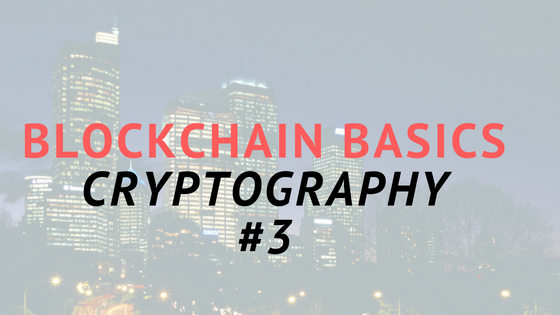Back in school, the chemistry lab with its test tubes, beakers and such stuff was a pure joy. It was magical to see new substances emerge out of old ones in beakers. And it was created right there! On a few occasions, my experiments went completely awry, in a deeply invigorating way. The lab was special. Because the lab was the first place for me to witness transformation before my eyes. That is where I learnt about mixtures and compounds as well. The days in the labs help me make better sense of the chemistry in transformation. The chemistry in digital transformation as well!
The distinction between mixtures and compounds was simple to understand. A compound was a new substance. You couldn’t separate its constituents even if you wanted to. Unlike a mixture. In essence, a compound represented a transformation. A compound meant the original constituents gave up their properties for a new set of properties. Oftentimes it was physical and magical too. An irrevocable change.
What about chemistry in digital transformation?
There isn’t any shortage of Digital Transformation projects that are announced. The question really is, do end results from these projects resemble ‘mixtures’ or do they resemble ‘compounds’?
When digital technology is slapped on top of existing work/ways of work, where it runs as a parallel stream, it is analogous to a mixture. It is a mixture when leadership thinks ‘transformation’ is for “those others”. That it is done to other teams! With sanctions of resources and leadership bandwidth.
The output of real change and transformation is more like compounds. That is when work is reimagined for digital! Digital is not a layer atop work. Digital technology gets enmeshed into work so much so, that work looks different. Such transformation is lasting because the old way of working has ceded space to a new way of working.
I will go so far as to argue, that complete transformation takes places when the change alters the way organisations think and approach their dilemmas. It may take a while and it is difficult. But there are no shortcuts in the long road to transformation.
As much as the allure of a transformed future is inviting, any organisation that seeks to go through digital transformation journeys needs to be prepared to endure pain. The change will cause enough and more disruption to current ways of working and leadership teams must be ready to face these.
There is no dearth of the technology that is available for change. The problems rest in us and our incapability to imagine work differently.





